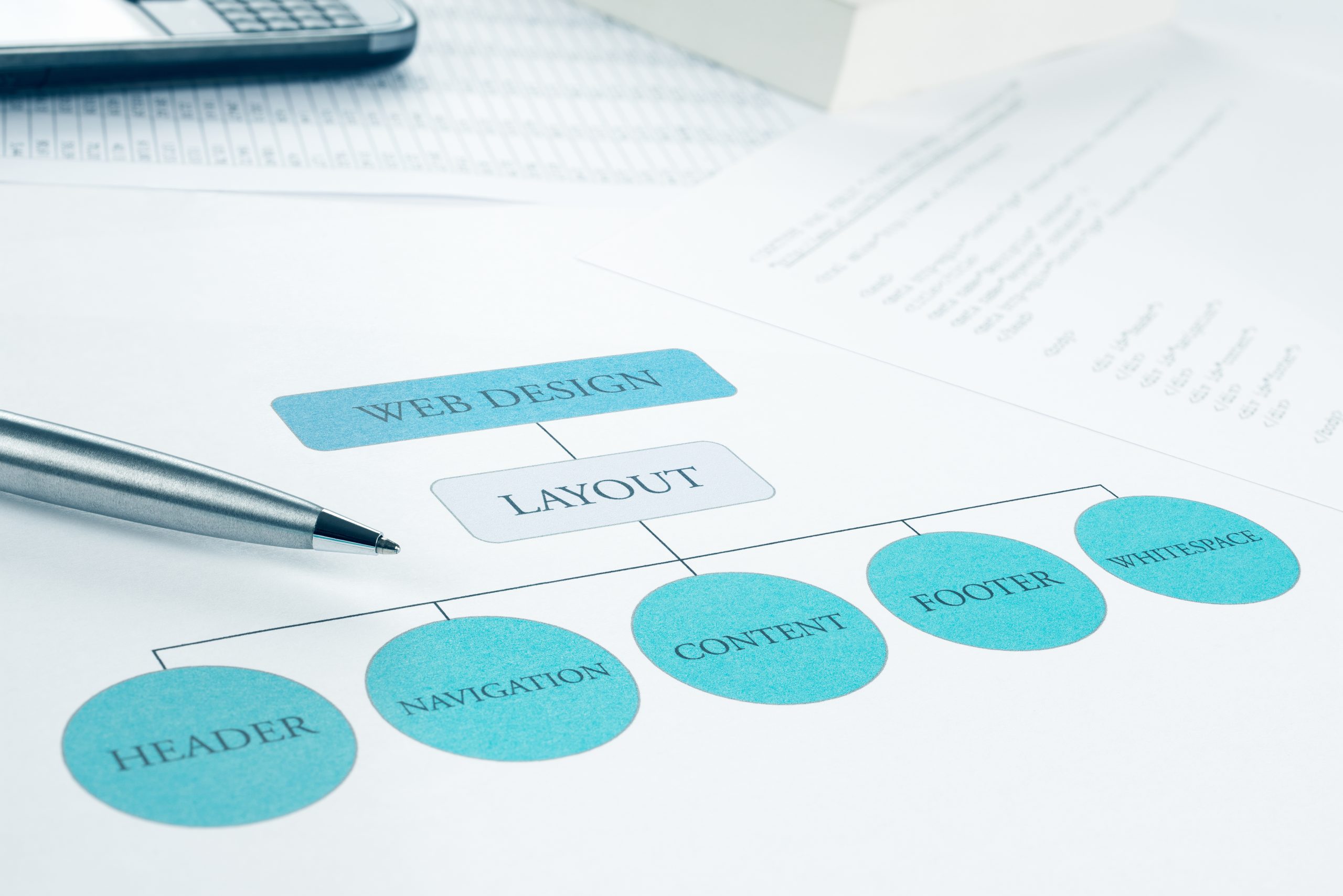Websites are essential to every marketing plan. Without a website, it is difficult for consumers to learn about your business and the products or services you provide. Potential customers are always searching their phones and computers when they are looking for a specific product, service or information.
To achieve the most success, it is important to have a well-planned strategy for an attractive and click-worthy website. You will not only need a unique concept, you will need an experienced web developer to get you from concept to clicks. Here are a few steps/phases to consider when developing a website for your business.
Step One: Discovery and Information Phase
Here is where you establish the goals for the website. These goals will help the developer to create a site that will target the audience you are searching for. Questions to consider in this phase is:
- What industry is your business?
- Who is your target audience?
- What is the goal of building the website?
- Who are your competitors?
- What is the budget for the website development?
The answers from these questions will assist the developer in deciding what direction and creativity the website should go.
Step Two: Planning Phase
After you have a concept for the website, it is now time to plan or “map” out how the website will look, function and operate. It is tempting to just jump into the design of the website, but having a plan of construction will eliminate extra work and unnecessary redesign edits. Here are 3 areas of the planning phase that need extra attention:
- Develop a strategy for SEO
- Create the website sitemap
- Content review and development
Step Three: Design & Functionality Phase
After the planning phase, it is now time to start the design of the website. In this phase you will decide the placement of text, videos, headers and navigation of the site. It is good to keep in mind that the design of the site should accommodate the content of the site. As you are developing each page of the site, ask yourself (or the developer) these questions:
- What is the main goal of the page?
- Is it clear to the user what action they need to take?
- How does the design encourage users to take action?
The developer will insert the coding of the website to ensure that the site will function as needed and that it will be searchable by users. Do not forget to make the site easy to use on both a computer and mobile device.
Step Four: Testing Phase
Although the site may appear to be ready for launch, all links, videos and keywords need to be tested to ensure that they will work once the site is ready to go live. Don’t forget to check for spelling errors and the overall look and design of the site before launching the site.
Step Five: Launching Phase
All the testing and proofing edits have been made, all the links are functioning…it is now time for the site to launch and go live. Once you upload the site, you will want to continue to run tests to make sure your site is properly working and connecting to links and videos are playing as you had intended. If elements aren’t working, you will be able to make edits to fix any problems.
Step Six: Updates
Website maintenance is an ever changing and continual process. Regular updates and edits will ensure the longevity of your site for years to come.

